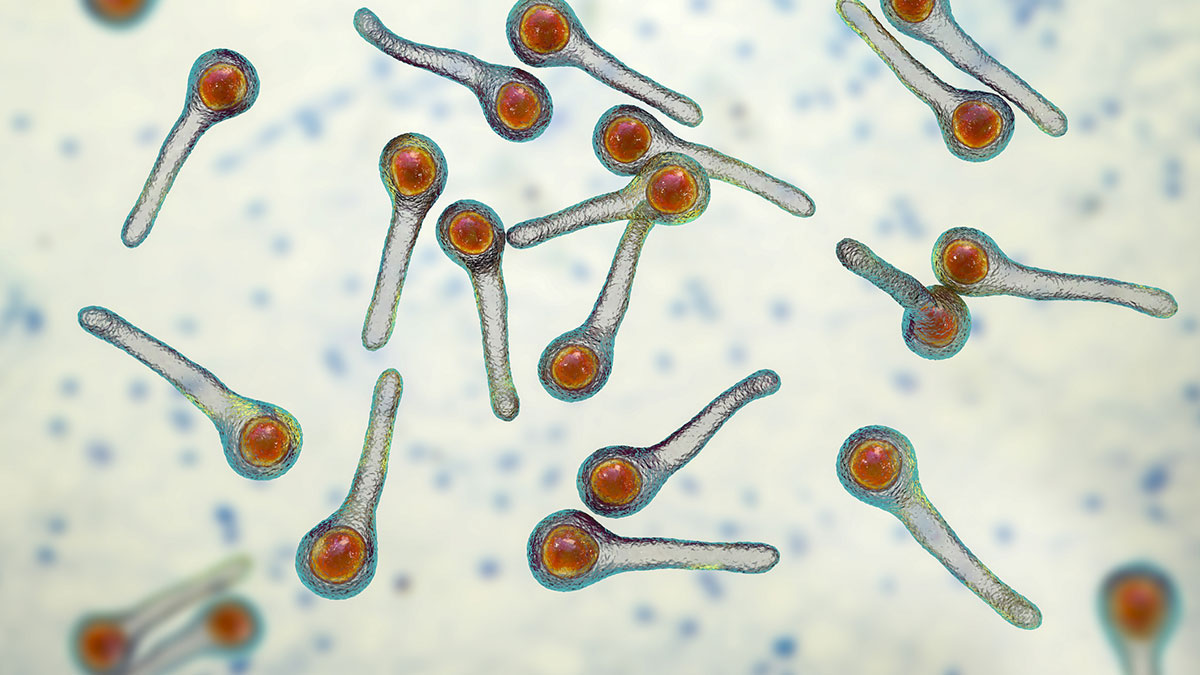Key points
- Tetanus spores from the environment enter the body through cuts or wounds.
- It is possible to have tetanus infection more than once.
- Tetanus doesn't spread from person to person.
- Getting vaccinated is the best way to prevent tetanus infection.

Causes
Bacteria live in the environment
Spores of Clostridium tetani are common in the environment, including soil, dust, and manure. The spores develop into bacteria when they enter the body.
Common exposures
The spores can get into someone's body through broken skin, usually through injuries.
Tetanus bacteria are more likely to infect certain breaks in the skin, including:
- Wounds contaminated with dirt, feces (poop), or saliva (spit)
- Puncture wounds (wounds caused by an object, like a nail or needle)
- Injuries with dead tissue (e.g., burns, crush injuries, frostbite)
Dead tissue is a concern because it can promote bacteria growth.

Other ways
Less common ways include breaks in the skin caused by
- Clean, minor wounds
- Chronic sores and infections
- Dental infections
- Insect bites
- Intravenous (IV) drug use
- Surgical procedures
Reinfection is possible
Having a previous tetanus infection may not provide enough immunity to prevent reinfection. The best way to prevent tetanus infection is to be up to date with recommended tetanus vaccinations.
